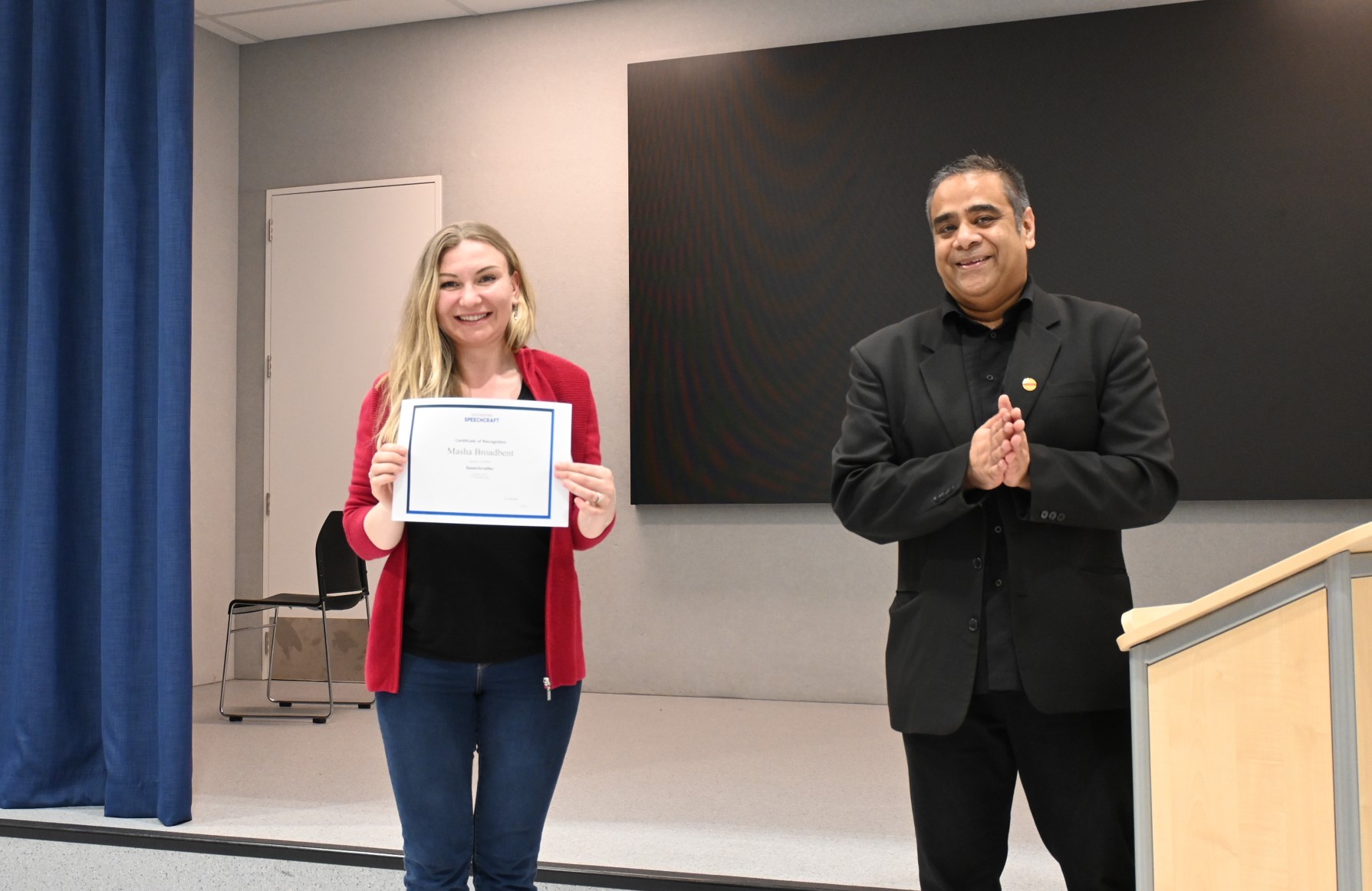
Introduction to Speech Evaluation
Want to know how to evaluate a Toastmasters speech effectively? Giving great feedback is a core skill for every member. In this guide, you’ll discover proven Toastmasters speech evaluation tips and techniques that will help you provide constructive feedback, boost your own speaking abilities, and support fellow speakers in their journey. Whether you’re a new Toastmaster or an experienced evaluator, mastering these techniques will help you grow as a communicator and leader.
The Importance of Feedback in Growth
Feedback serves as a mirror, reflecting our strengths and highlighting areas where we can improve. It enables us to:
- Recognize Blind Spots: Uncover habits or tics you may not be aware of.
- Reinforce Positive Behaviors: Identify and continue effective speaking strategies.
- Encourage Continuous Learning: Set new goals based on constructive insights.
Techniques for Effective Evaluations
Be Specific
General comments like “Good job” are pleasant but not particularly helpful. Instead, focus on specific elements:
- Content: “Your opening anecdote was engaging and set the tone perfectly.”
- Delivery: “Maintaining eye contact with various audience members strengthened your connection.”
Use the Sandwich Method for Speech Evaluation
This technique structures feedback by placing constructive criticism between positive comments:
- Positive Feedback: Start with what the speaker did well.
- Constructive Criticism: Offer areas for improvement.
- Positive Reinforcement: End with encouragement or highlight another strength.
Example:
- “Your topic was highly relevant. To enhance it further, consider slowing down during key points for emphasis. Overall, your enthusiasm was infectious!”
Focus on Behavior, Not the Person in your Speech Evaluation
Address specific behaviors rather than personal attributes to keep feedback objective and helpful.
- Instead of: “You’re not engaging.”
- Say: “Incorporating more gestures could make your presentation more dynamic.”
Offer Actionable Suggestions
Provide clear recommendations that the speaker can implement.
- “Try pausing for a couple of seconds after asking a rhetorical question to let it resonate with the audience.”
Receiving Feedback Positively
Listen Actively
- Maintain Eye Contact: Show attentiveness.
- Take Notes: Jot down key points for later reflection.
Avoid Defensive Reactions
- Stay Open-Minded: Remember, feedback is an opportunity for growth.
Reflect and Implement
- Self-Assessment: Compare the feedback with your own perceptions.
- Set Goals: Create an action plan to address areas of improvement.
- Practice Regularly: Consistent effort leads to improvement.
Practice Sessions at Hobsonville Toastmasters
At Hobsonville Toastmasters, we provide a supportive environment to hone your evaluation skills:
- Prepared Speeches: Members deliver speeches on various topics.
- Evaluations: Peers provide structured feedback using the techniques discussed.
- Workshops: Special sessions focused on effective evaluation methods.
You got a Speech to Evaluate Next Week?
Frequently Asked Questions
What is the best way to evaluate a Toastmasters speech?
The best way is to use specific, constructive feedback that highlights both strengths and areas for improvement. Start with positive observations, address areas that could be enhanced with actionable suggestions, and finish with encouragement—often called the “sandwich method.”
What are some essential Toastmasters speech evaluation tips?
Be specific in your feedback, focus on observable behaviors rather than personal traits, use examples from the speech, and offer clear, practical suggestions. Listening actively and taking notes can also improve the quality of your evaluation.
How does effective speech evaluation help Toastmasters members?
Effective evaluation motivates speakers, reinforces good habits, and provides guidance for future growth. It also builds a supportive club environment where everyone feels empowered to improve their communication and leadership skills.
Conclusion
Mastering speech evaluation techniques enriches both the giver and the receiver. By providing and embracing constructive feedback, we cultivate an environment of continuous improvement and mutual support.
Ready to elevate your public speaking skills? Join Hobsonville Toastmasters and become part of a community committed to personal and professional growth.
For more information or to attend our next meeting, Get a Free Guest Ticket Here